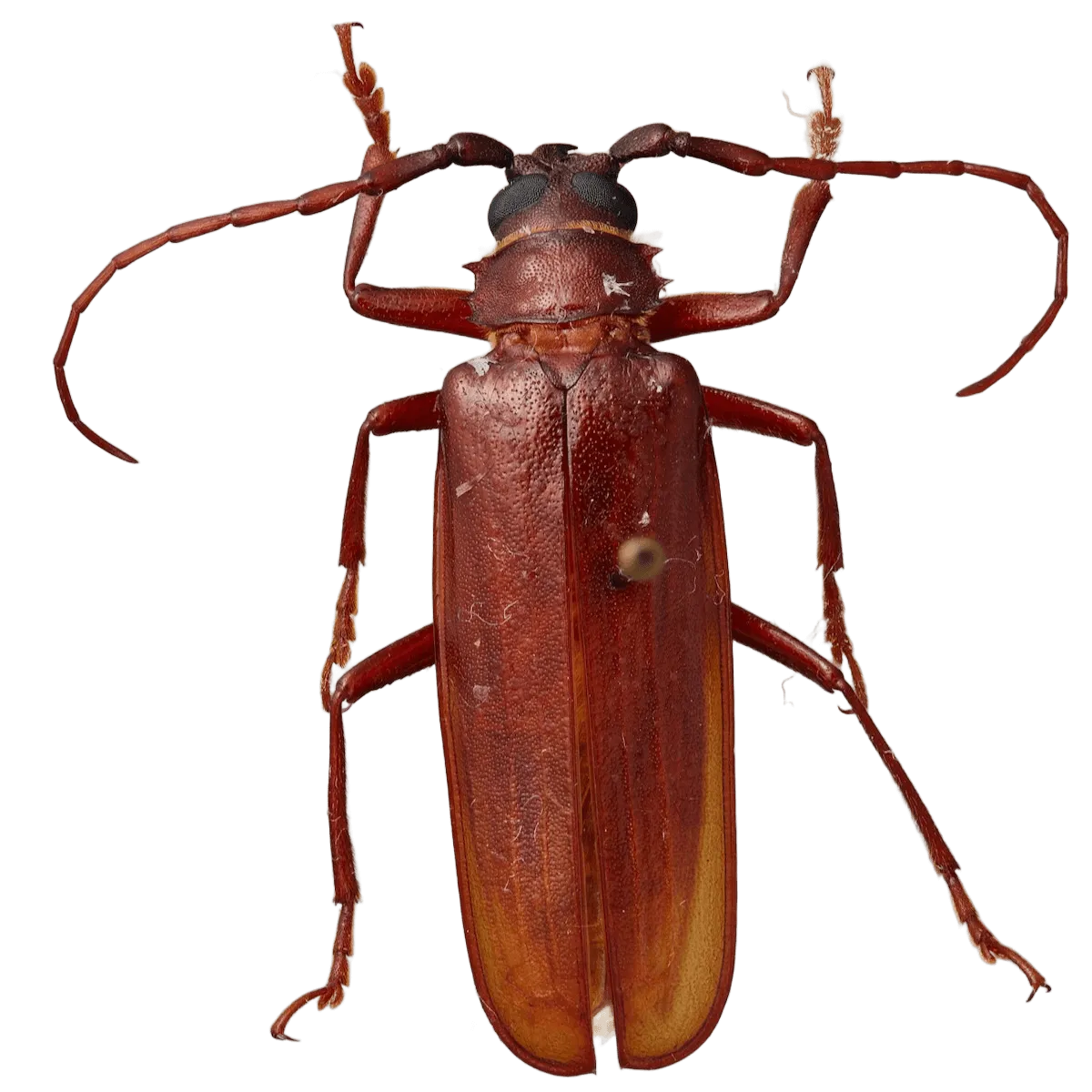In 1826, naturalist Zadock Thompson helped to establish the College of Natural History, dedicated to advancing scientific knowledge by collecting specimens for a zoological, geological, and ethnological cabinet. Researchers still work with the collections he founded, using both traditional and molecular methods.
Zadock Thompson Zoological Collections
Breadcrumb
- Home
- Cross-College Programs
- Natural History Collections
- Zadock Thompson Zoological Collections
Explore
- Natural History Collections Home
- Pringle Herbarium
- Thompson Zoological Collections
- Geological Collections
- Vermont Collections Network
